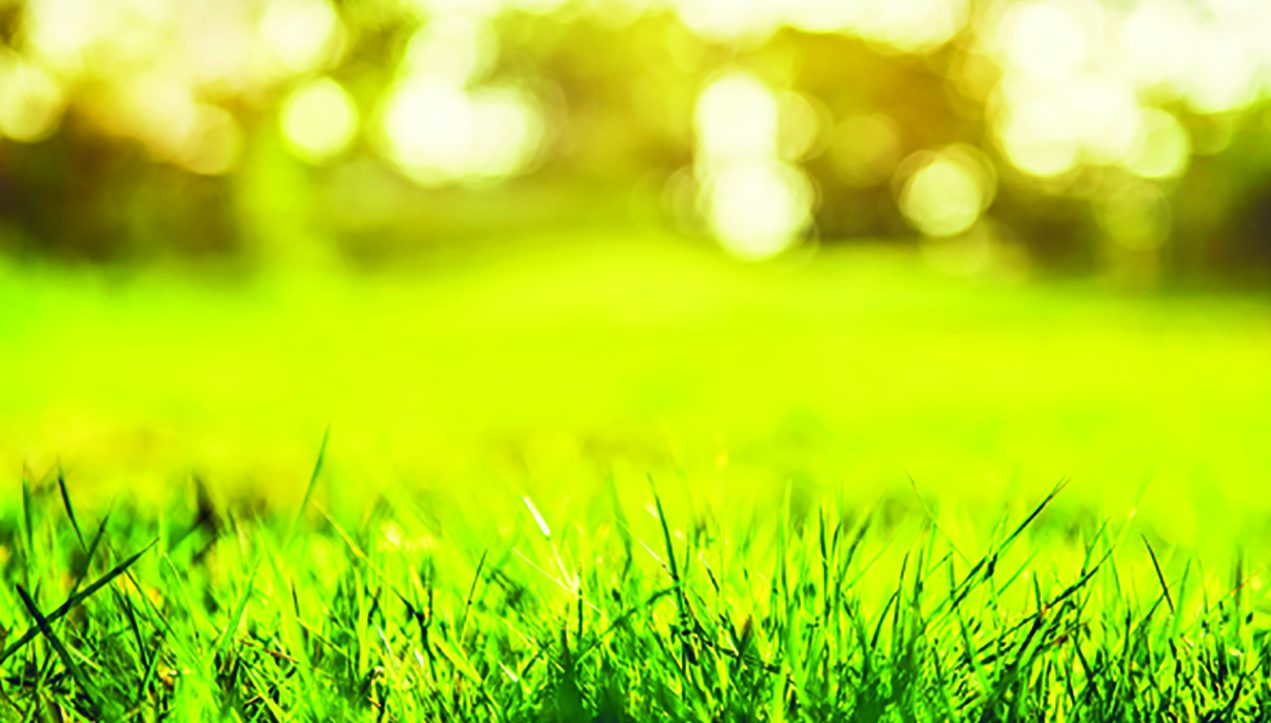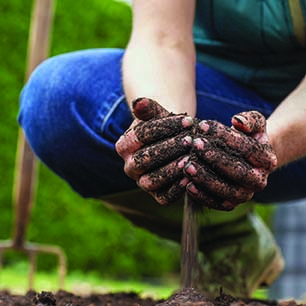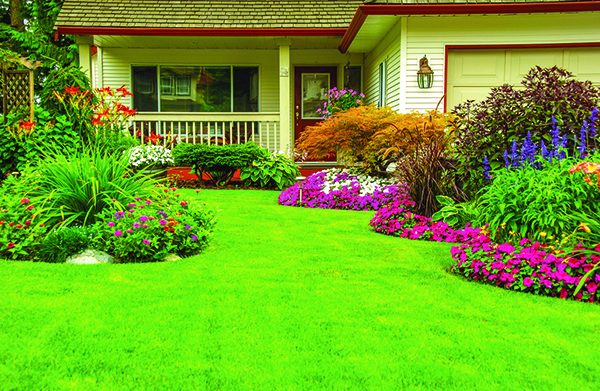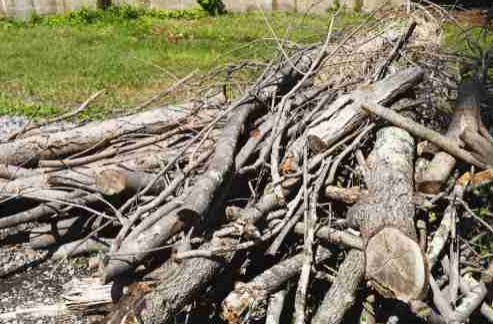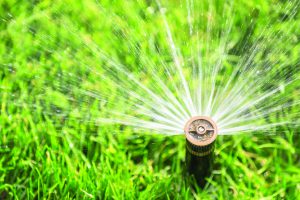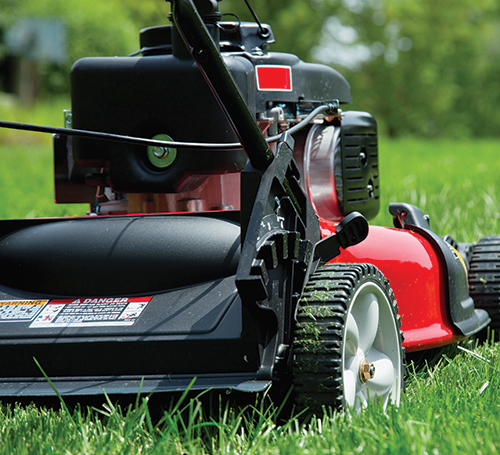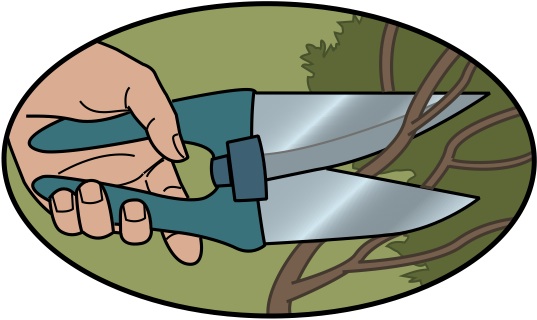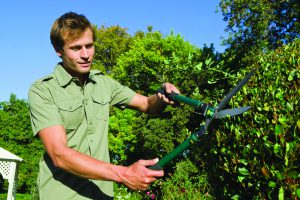Many homeowners think they have to spend tons of green to get green in their landscape, but that isn’t necessarily so. Homeowners can improve their landscapes without digging themselves into financial holes. These strategies can help anyone save some cash and still end up with attractive gardens and more.
Use Stones or Gravel For A Walkway
If commercially installed pavers or cement walkways are not within your budget, there are some affordable alternatives. Flagstone or individually purchased and spaced pavers and pea gravel can be used to create pathways. Some construction sites even offer free stones when asked. Soften the look with moss or other plants on the perimeter.
Remove Some Lawn
Lawns can require hours of upkeep that may involve the application of expensive fertilizers and weed-killing products that are not always so eco-friendly. Reduce the size of a lawn by putting in a mixed planting bed of perennials or ornamental grasses, or use landscape fabric and mulch.
Look For Free Mulch
Municipal recycling centers may offer residents access to free mulch made from grinding up leaves, branches and other plant debris collected throughout the town. Simply bring a few containers to the recycling center and spread the mulch for an ornamental look or to insulate landscapes over winter and protect against weeds.
Repurpose Old Items Into Planters
Old wheelbarrows, barrels, watering cans, and other items can be repurposed into container gardening vessels. Figure out if items marked for the garbage bin can be incorporated into garden features instead.
Invest In Plants That Are Easy To Propagate
Perennials are the gardener’s friend when it comes to saving money. These plants sprout anew each year, and many, such as sedum, catmint, ferns, hostas, and black-eyed Susans, can propagate by division. Figure out the best times of year to divide the plants and start growing them in individual containers before planting the sturdy new shoots in the ground. A single variety of plants grouped together in mass plantings is affordable and easy.
Shop End-Of Season Sales
Garden centers may begin to make room for holiday items come the fall. Take advantage of reduced costs on remaining plants and landscape accessories during this time of year. Plants can be covered or allowed to thrive indoors until they can be planted in the spring.
Pool Your Resource
Homeowners planning on a big landscaping or revitalization project may want to speak with neighbors to see if they’re interested in doing the same. Contractors guaranteed business from a few homes in the same neighborhood may be willing to negotiate lower prices for the volume of work on things like driveway repaving, deck- or fence-building, or installation of paver patios.
Some handy ideas can help homeowners transform landscapes without spending too much.


